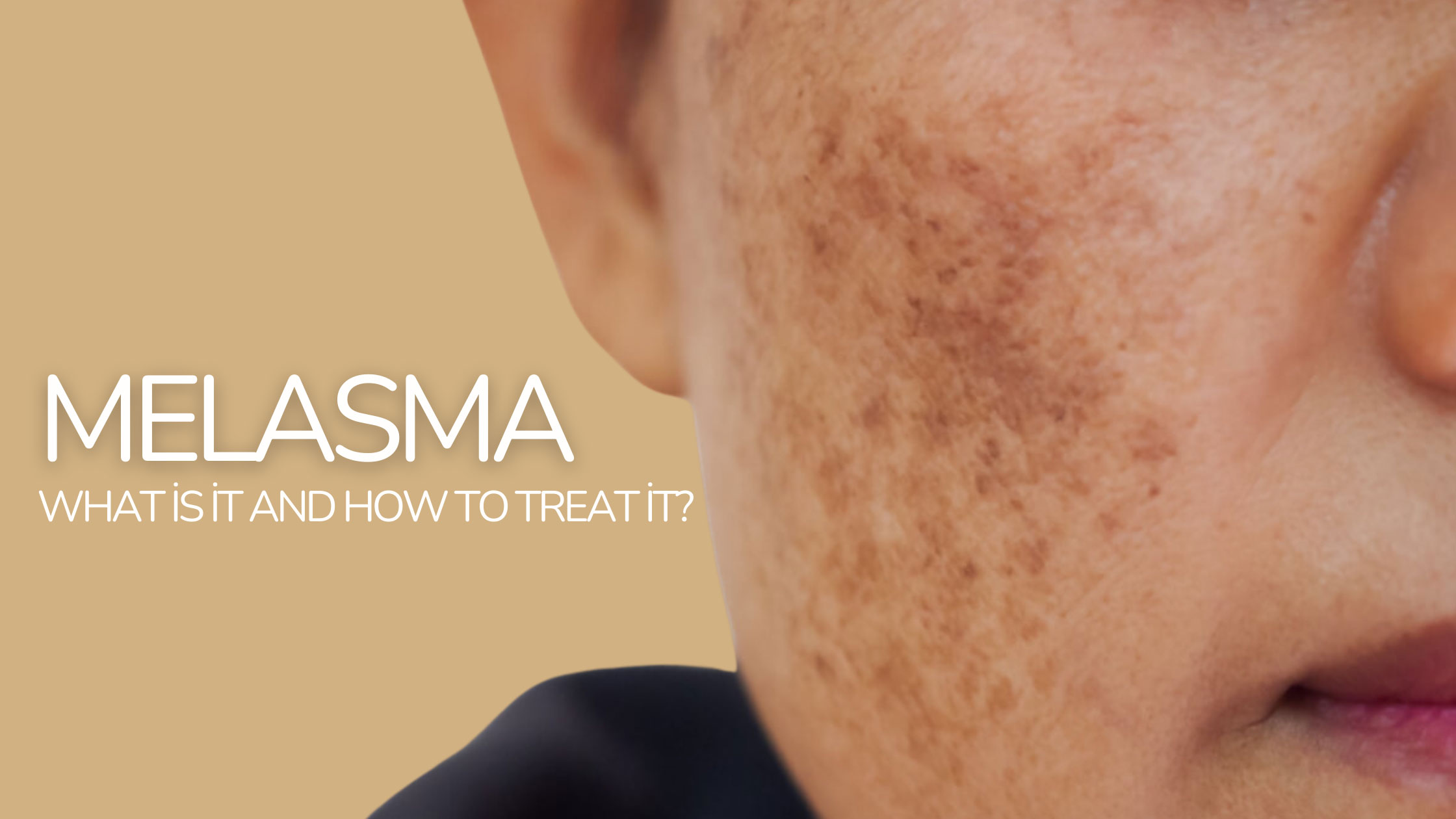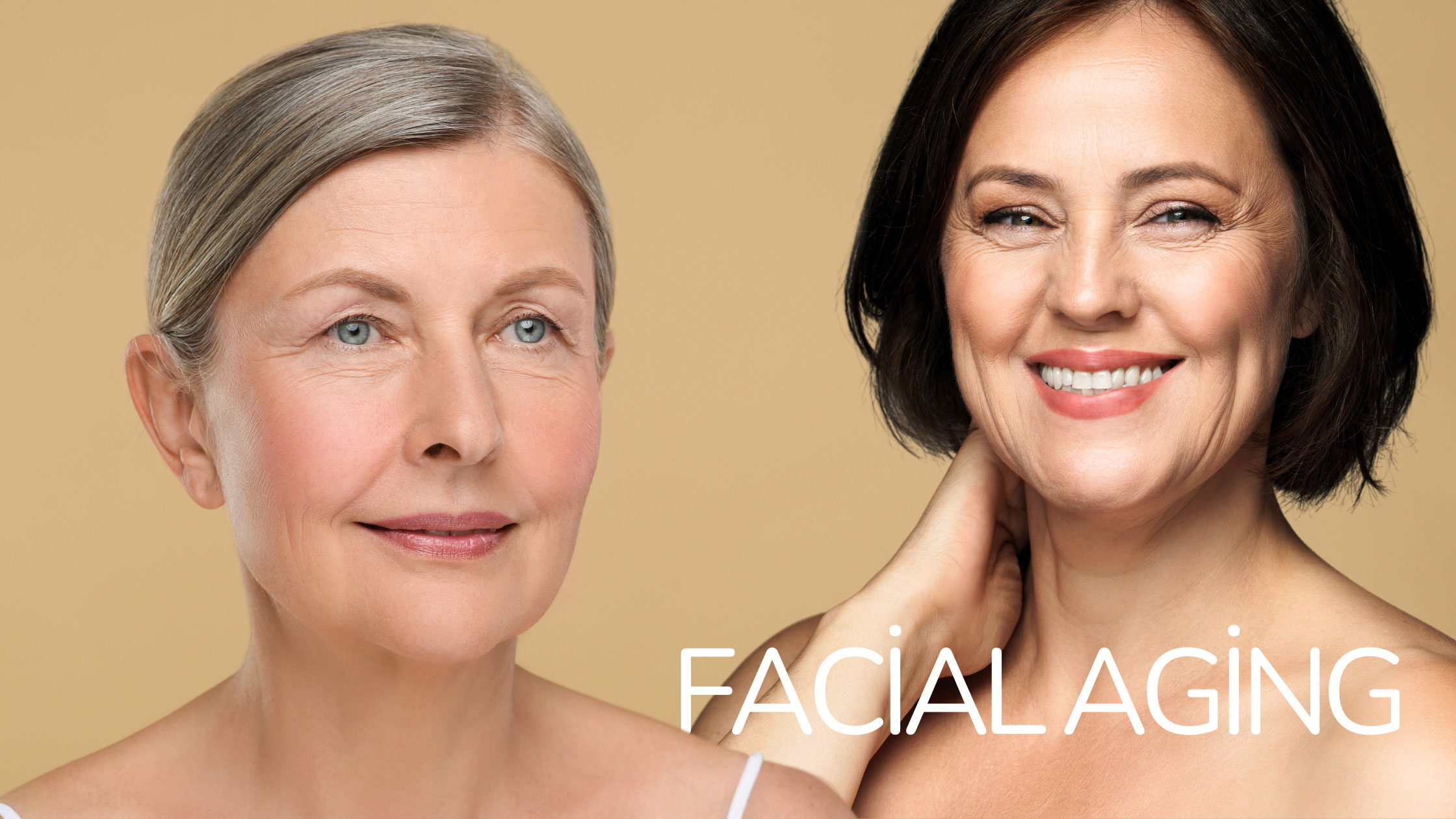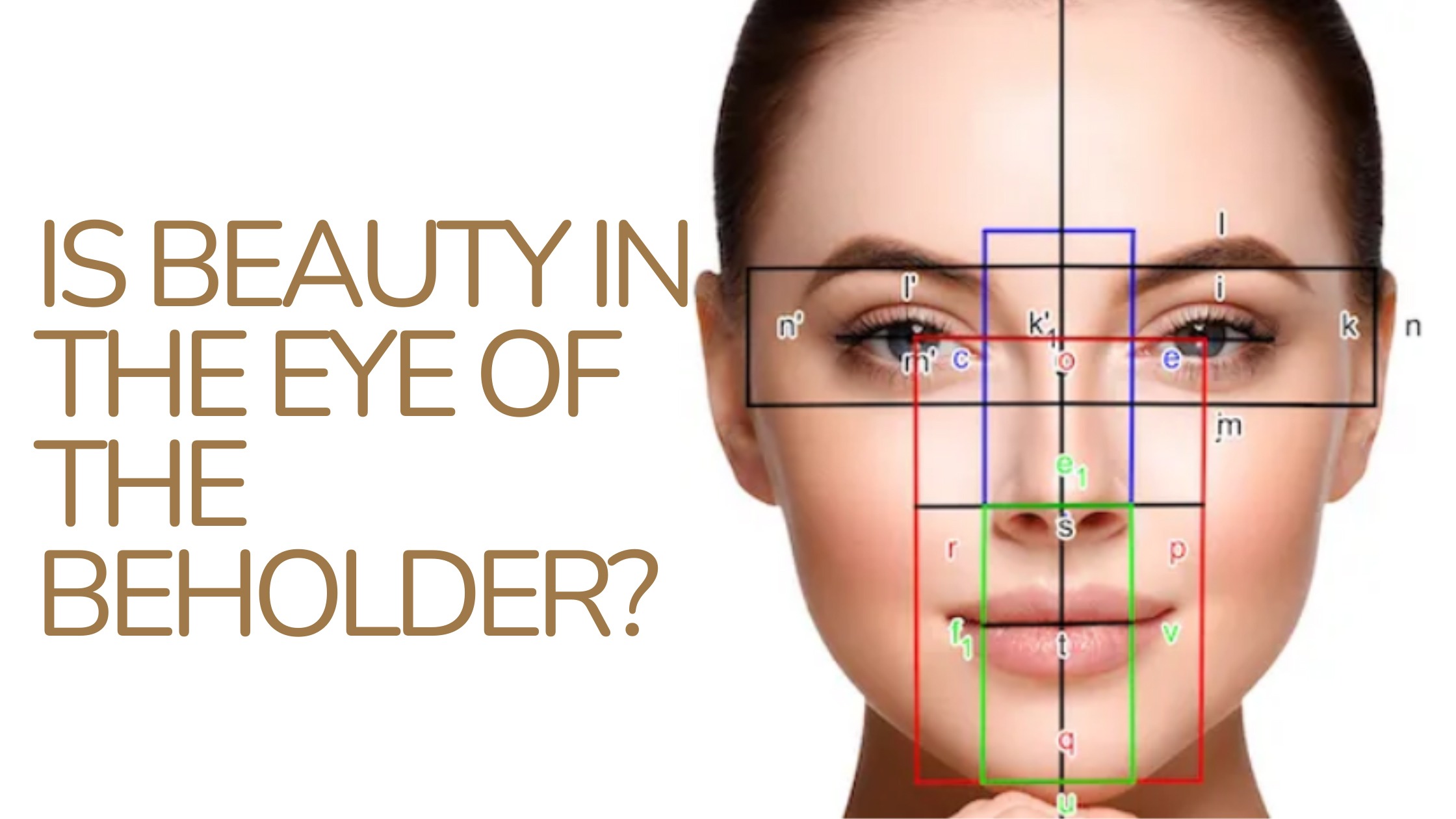What is mdWL and Why Does It Matter?
mdWL, or prescription medication-driven weight loss, is a treatment option that helps patients lose weight by using prescribed medications. While effective, it affects more than just the body—it also impacts a person’s appearance and self-perception. As these patients undergo significant weight loss, aesthetic practices must ensure that their treatments align with the changes in skin, fat distribution, and overall appearance.
The Study Approach: A Global Consensus
To gain a comprehensive understanding of the issue, an international three-round Delphi study was conducted, bringing together experts from multiple disciplines. The study gathered insights from both physicians and patients, looking into key factors such as practice settings, physician experience, patient demographics, and the challenges they face throughout the mdWL journey.
Key Findings: Defining mdWL and Its Aesthetic Impact
One of the most important findings from the study was the definition of mdWL. Experts agree that mdWL is best characterized by the percentage of body mass index (BMI) lost within six months. This timeframe is crucial when assessing how the body changes, as patients often undergo rapid weight loss during this period.
Regarding the physical changes caused by mdWL, the skin, along with both superficial and deep fat pads, are the most affected areas. As the body sheds fat, skin elasticity can diminish, and fat distribution may change in ways that require attention from aesthetic professionals.
Addressing Patient and Physician Concerns
When it comes to aesthetic treatments for mdWL patients, there are unique concerns on both sides. For patients, one of the biggest worries is the fear of appearing as though they have gained weight, once again, after treatment. This is especially concerning when skin sagging or facial volume loss is noticeable after significant weight loss. They want to maintain their appearance and avoid looking “puffy” or out of balance.
For physicians, the priority is ensuring that the patient’s aesthetic results are both natural and healthy. Striking the right balance between treating the physical effects of weight loss and respecting the patient’s natural look is key to achieving satisfying results.
Timing is Everything: When to Offer Aesthetic Treatments
The study also highlighted the critical timing of aesthetic treatments during the weight loss process. Early interventions may help manage excess skin or volume loss, while later treatments may focus on fine-tuning and maintaining the results. Understanding the ideal timing throughout the mdWL journey is essential for achieving optimal aesthetic outcomes.
Global Guidelines for Managing Aesthetic Needs
Based on these findings, the study presents the first global consensus-based guidelines for managing the aesthetic needs of mdWL patients. These guidelines aim to provide a framework for aesthetic practitioners to follow, ensuring they approach treatment with a deep understanding of the specific concerns and challenges faced by mdWL patients.
Conclusion
As the number of patients turning to prescription weight loss medications continues to rise, it’s crucial for aesthetic practices to adapt and cater to this growing demographic. By understanding the unique needs of mdWL patients and following global guidelines, physicians can provide more effective and compassionate care, helping patients feel confident and natural in their post-weight loss journey.




